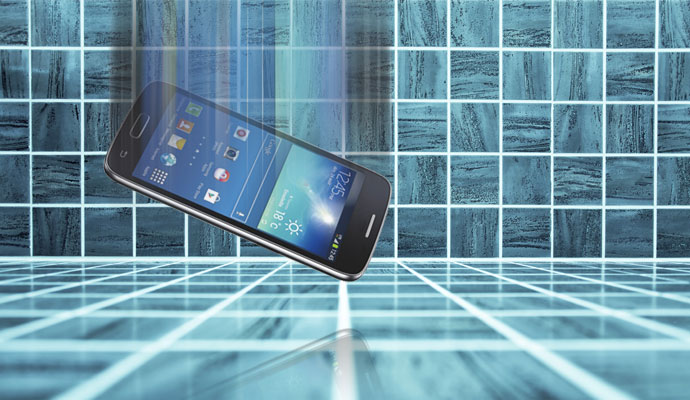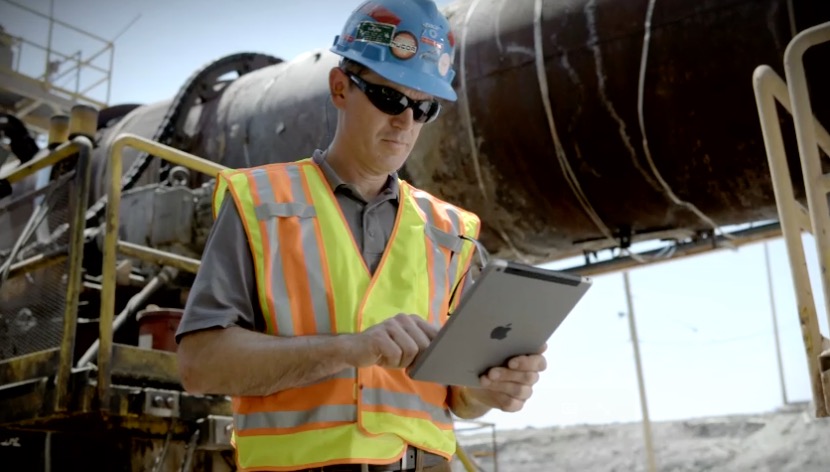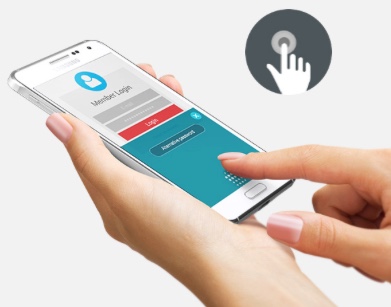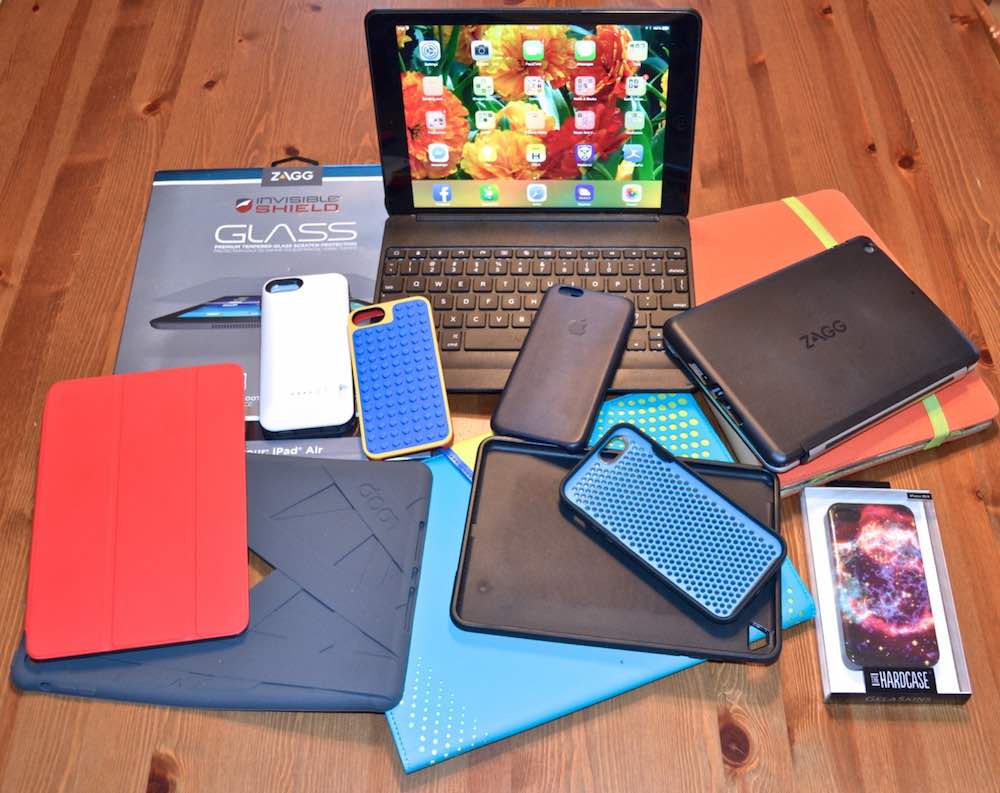
Chances are you own a smartphone or a tablet —perhaps both. And if you do, you probably realize that you are carrying a very valuable piece of gear with you. They don’t just give these things away… You may not realize just how fragile these devices are, but when you think about it they have at least one entire side that’s a sheet of glass and the electronics within are sensitive to dust, moisture and physical shocks. Then there’s the data on your mobile device which often includes digital photos, your web browsing history, e-mail, instant messages and passwords. That thing is a ticking time bomb! However, if you protect your tablet or smartphone like a pro, you can make the most of it on the go —like it was meant to be used— without losing sleep. Here’s how to do it.
Repair and Replacement Costs
The point of this section isn’t to scare you, it’s to put some dollar amounts to what’s at stake.
Spending $50 on a protective smartphone case may seem like an unnecessary expense until you put it in the context of what repairing damage might cost. Here are a few numbers pulled from manufacturer support sites (note: some are US prices and may cost more in Canada).
- iPad Air 2 repair out-of-warranty damage $379
- iPhone 5s replace cracked screen $129
- Moto X water damage $100
Then there’s your personal data. How to do you put a price on that? If an unprotected mobile device is hacked or stolen, a worst case scenario could see you with personal photos copied, confidential e-mails snooped though, credit card numbers used to buy goods and even having to replace identification like a social insurance number.
How (and Where) Do You Use Your Mobile Device?
The professional approach to protecting your smartphone or tablet starts with what is essentially a risk assessment. How do you use your mobile device, and where?

Do you carry your smartphone with you everywhere and use it constantly, including outdoors? If so, you’ll likely want maximum physical protection. Drops can happen at any time and even a one meter fall onto a concrete sidewalk can smash a display, damage the camera and dent the frame. Exposure to rain or splashes from a passing vehicle (or from swimmers if you use your smartphone near a pool) can cause water damage that renders the device inoperable —a waterproof case may be in order.
On the other hand, if you have a tablet that you use only for reading in bed, the risk of accidental damage is lower and therefore protective measures can be much more modest.
 What Everyone Should Do
What Everyone Should Do
Physical damage is one thing, but everyone should protect the data on their smartphone or tablet.
- Enable passcode or biometric security to unlock the device —don’t make it easy for someone to casually pick it up and access your info
- Back up the data locally or online (ideally both) so you don’t lose irreplaceable data if your device is damaged or stolen
- Don’t jailbreak your device (this defeats many of the security measures the manufacturer and or OS publisher has in place)
- Use a reliable source like Apple’s App Store or Google Play to download apps to minimize risk of malware
- Turn on device tracking features like “Find my iPhone” or “Android Device Manager” so you can track the location of a stolen mobile device and remotely erase the data
- Consider using security software or a VPN to protect against sensitive data being intercepted
Invest in the Protection You Need
Physically protect your smartphone or tablet according to your own use case scenario.
 A tablet that you use to read in bed may be fine with just a display covering folio. For a little more security, move up to a full case version that also protects the back. If you bring your tablet everywhere and it could be exposed to the elements, drops or even a bumpy ride, go with a shock-proof, waterproof and dirt-proof case.
A tablet that you use to read in bed may be fine with just a display covering folio. For a little more security, move up to a full case version that also protects the back. If you bring your tablet everywhere and it could be exposed to the elements, drops or even a bumpy ride, go with a shock-proof, waterproof and dirt-proof case.
The same deal with your smartphone. If you always have it in a pocket and only use it indoors, you probably just need basic protection from the occasional bump or scratches from keys. A designer case would be perfect and avoids adding bulk.
If you work on a construction site —or you’re like my daughter and have a proven track record of dropping devices— you’d be much better off with some serious protection like an Otterbox Defender case.
No matter how safe your mobile device is, the weakest point on all of these devices is the display and its glass cover. Repair is expensive, and one slip is all it takes to crack or shatter it. I’d suggest a clear, protective screen protector like ZAGG’s Invisible Shield —I have these on an iPhone and an iPad Mini and they offer peace of mind without distorting the display at all. You wouldn’t even know they were on if you weren’t looking for them.
You can even get a screen protector installed for you if you don’t fancy the idea of working with adhesive and a thin piece of protective film or glass.
Be Prepared to Switch it Up
Sometimes I go outside when it’s raining and I have a raincoat for that purpose. That doesn’t mean I wear my raincoat all the time, though.
The same deal with your smartphone and tablet.

For many people, it makes sense to have multiple options. For example, I have one case for my iPhone that I use daily. It’s a sensible version that adds some protection without adding bulk. I have a second case that quickly slip on if one of my boys needs to borrow my phone. It’s a big, colourful and heavily padded with foam rubber. You wouldn’t catch me carrying it , but for them it makes the phone easier to grip, easier to see and it practically bounces if dropped. I have a third ballistic-grade case I use for hiking —virtually unbreakable, waterproof and dustproof.
Consider Extended Warranty
Finally, it’s worth considering an extended warranty, something that many manufacturers and retailers offer.
My wife and I both have iPhones. She worries about dropping hers or crushing it in her purse, so she opted for an AppleCare extended warranty. Me, not so much, so I didn’t.
Depending on how you use your mobile device and where, and your tolerance for risk, an extended warranty might be worth considering.
It Can Happen to Anyone
I have two accidental damage stories from personal experience to share.
The first was an iPad that one of my boys dropped. It did have a soft cover protector, but he was using it in the open position, so the glass display itself had no protection. Then he dropped it on a hardwood floor. The display shattered and had to be replaced. In hindsight, I should have had that iPad in a protective case that offered more thorough coverage.
The second incident happened to me personally. A few years ago, in an unlikely sequence of events, I somehow fumbled with and dropped my iPhone 4 —which had no protective case on at the time— while sitting in an armchair in my living room. It hit the hardwood floor, bounced back into the air and landed in a full coffee cup I had set on the floor at my feet. I got lucky (although it didn’t see so at the time). The connector port wasn’t submerged, just the headphone jack. I snatched the iPhone out of the coffee, quickly dried the exterior then removed the back plate and sopped the coffee traces before the liquid did any damage. The screen also survived, although one of the metal corners had a noticeable dent.

But it could have cost me hundreds of dollars.
Now I have a protective case of one sort or another on my mobile devices at all times. Sometimes it takes a good scare before you learn to protect your tablet or smartphone like a pro. Trust me, it’s a lot less stressful to be proactive instead.


